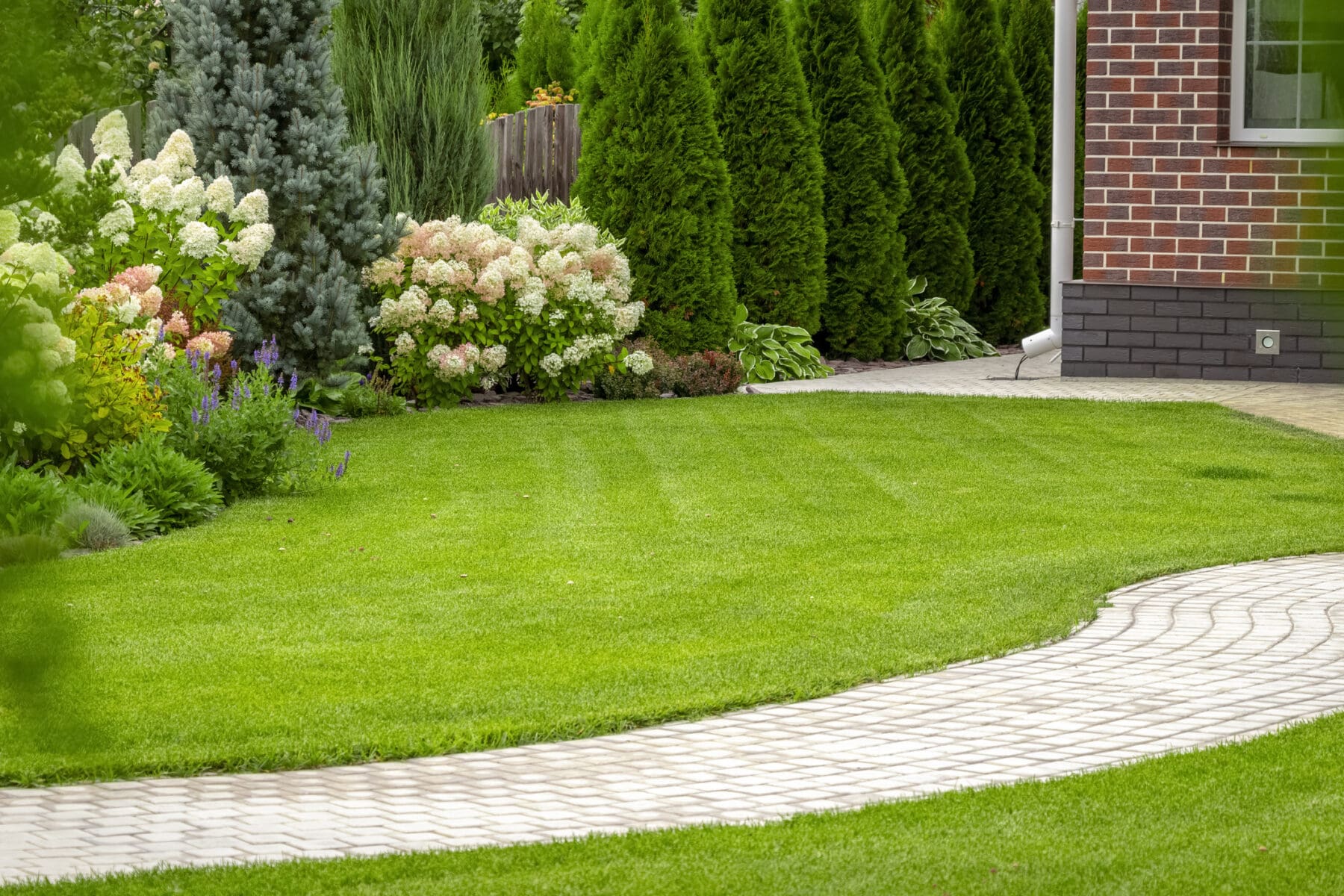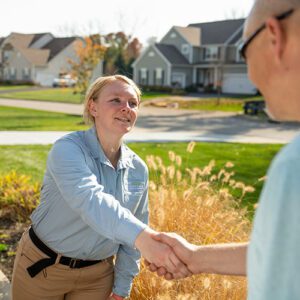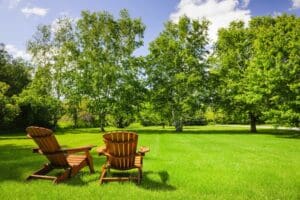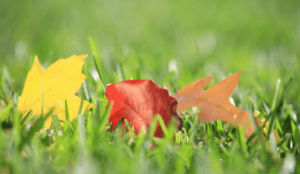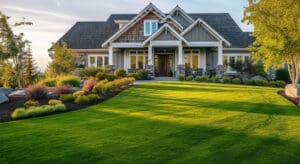You may have noticed driving down the street that lawns have looked brown over the last two months. Brown lawns are a result of high temperatures and low precipitation across Michigan. The vast majority of properties in Michigan are primarily composed of Kentucky bluegrass. Kentucky bluegrass is a cool-season grass, growing best in spring and early fall. Many customers ask when should l start watering my lawn.
During hot and dry periods, cool-season grass needs frequent watering. Water your lawn to deliver 1 inch to 1 1/2 inches of water per week. You want to avoid watering the grass during the evening/night (7 pm to 5 am) as it tends to encourage insect and disease outbreaks. Noticeable growth of cool-season grass stalls as summer weather becomes hot and precipitation slows. Lawns not watered during extended dry conditions will go dormant. Not only will your lawn turn brown, but dormancy will also put your lawn into a vulnerable state.
Dormancy opens your lawn to insect and grub infestations, crabgrass, broadleaf weeds, and more. Stressed lawns bring on turf-damaging insects like sodwebworms, Cutworms, and Chinch Bugs. These insects feed on the turf’s blades, cause it to brown out quickly, and can cause significant damage when temperatures exceed 80.
During your lawn’s time of dormancy, the correct way to mow a lawn is to raise your mowing height to 3-4 inches. Raising the mowing height when mowing the lawn will help shade the ground and increase your lawn’s durability. Allowing your turf to grow longer will help crowd out weeds and crabgrass that have popped up in bare areas.
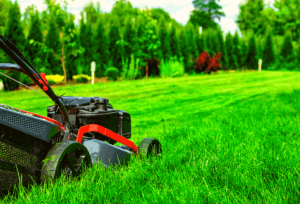
Aside from watering the lawn regularly, Aeration is the most beneficial option for lawn recovery and Top Lawn has an innovative option for you. Over the last few years, Top Lawn has been reviewing and testing a new service called “Liquid Aeration.” Liquid aeration is a relatively new, convenient, and highly effective alternative to traditional core aeration. From our experience, we believe this service can supplement or even replace what is known as “Mechanical Core Aeration.”
Liquid aeration is a process using a combination of uniquely designed products that offer the same results without the cons of core aeration. Some of you may know the shortcomings of core aeration. Potential damage to cable lines, electric dog fences or irrigation heads, and soil cores littering the lawn.
Mechanical core aeration has a penetration depth of 2-4 inches, while liquid aeration penetrates deeper up to 6-8 inches. Thanks to gravity, Liquid Aeration can penetrate much deeper, allowing grassroots to grow more readily and expand faster. This makes for a healthier grass plant, improves the performance of our fertilizers, improves water drainage, reduces the amount of water you need in the hot, dry summer months, and allows water to penetrate deeper, down to the roots.

